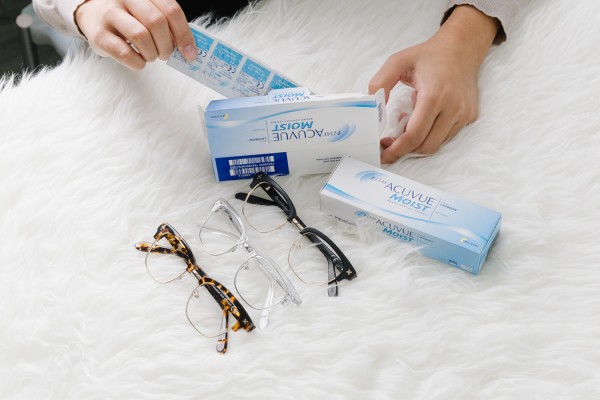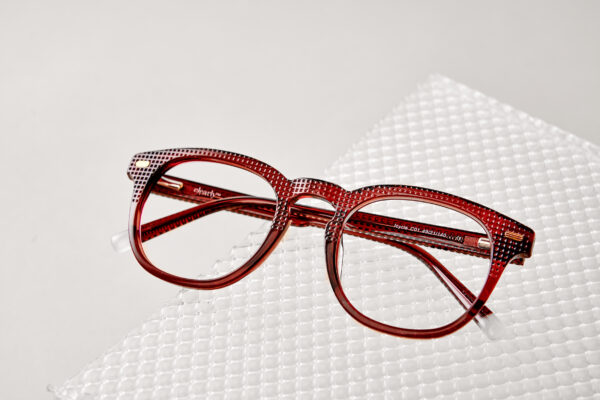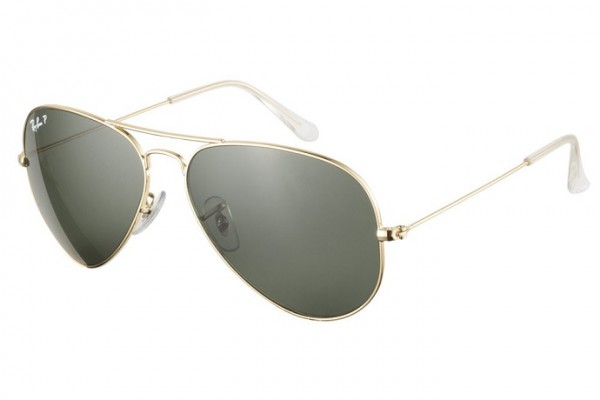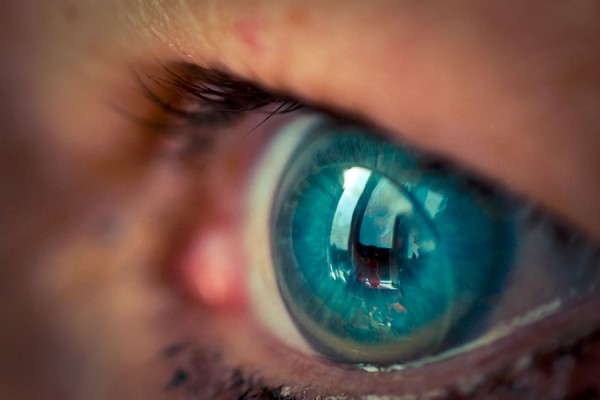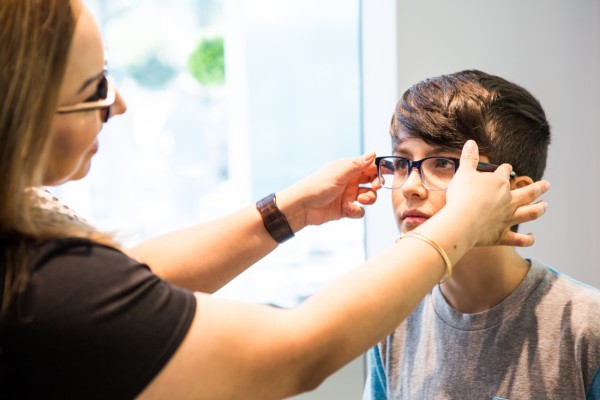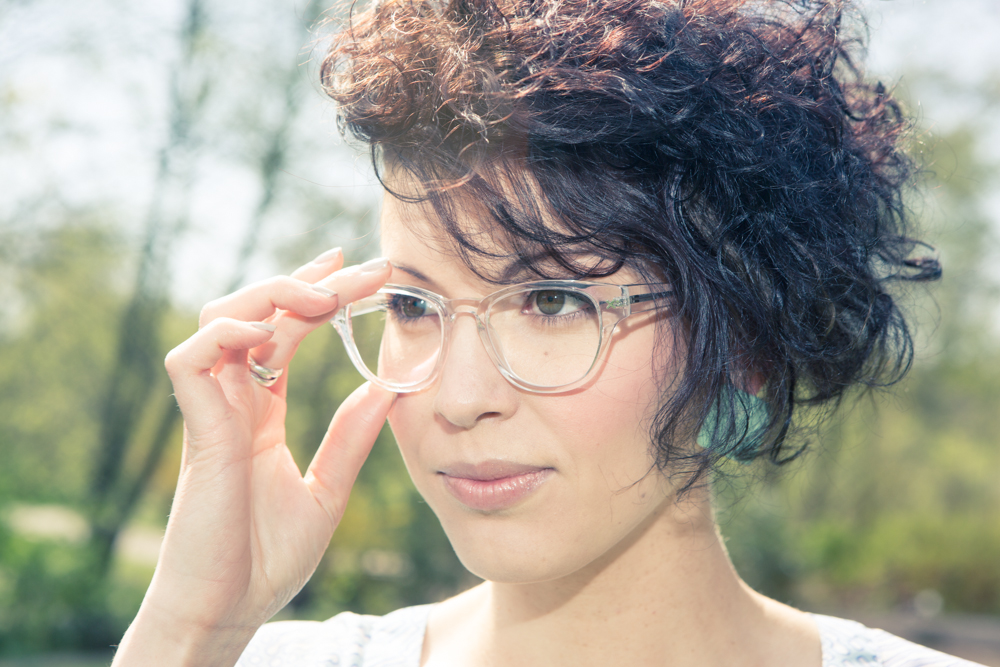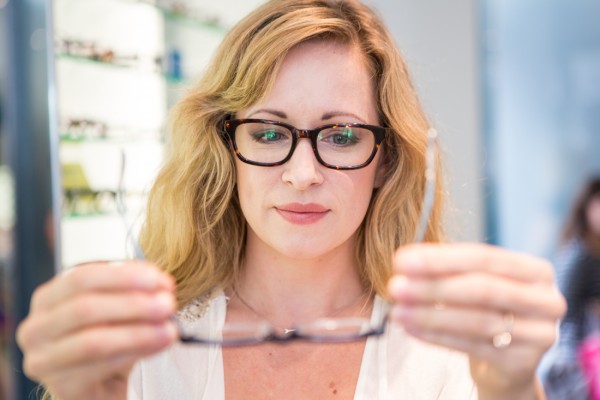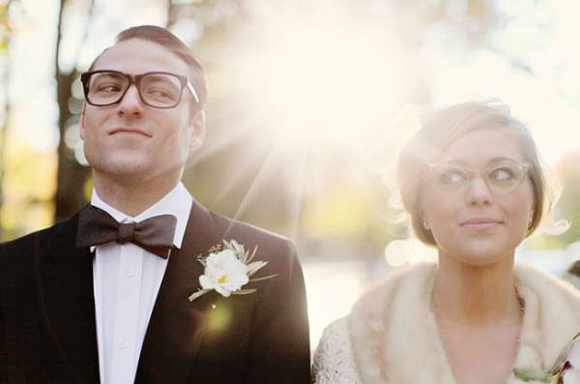Yes, your eyes can get sunburned the same way your skin can. If your eyes and surrounding skin are exposed to the sun and UV rays a lot without any form of sun protection like UV sunglasses and sunscreen, they can get burnt, damaged, and start to age earlier than they’re supposed to.
This blog will teach you everything you need to know about photokeratitis, from causes to treatments and prevention, so you can protect yourself the next time you head to the city, beach, mountains, or ski slopes on a sunny or cloudy day in broad daylight.
- What is photokeratitis?
- Sunburned eye symptoms: What does it feel like?
- How long does it take for photokeratitis to heal?
- How do you treat photokeratitis?
- The dangers of chronic sunburned eyes
- How do your eyes get sunburned?
- How to prevent photokeratitis?
What is photokeratitis?
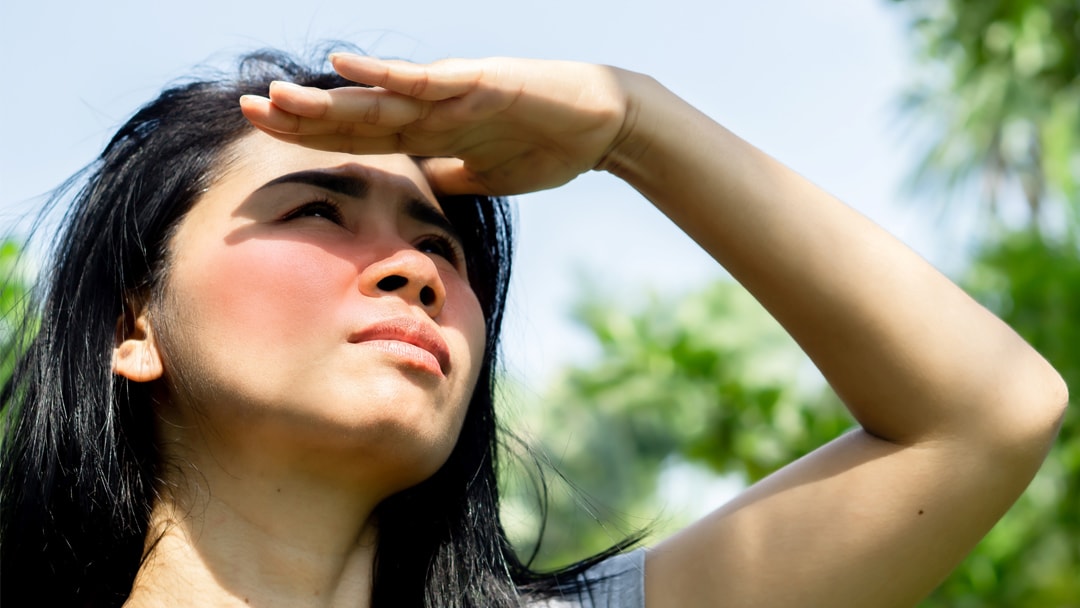
Photokeratitis is the official term for severely sunburned eyes. Acute exposure to UV rays without sun protection can irritate and inflame one of the most important parts of the eye:
- Cornea: The clear outer layer at the front of your eye which helps to focus light so you can see clearly.
Long-term sun exposure can also damage different parts of the eye:
- Conjunctiva: The lubrication function of your eye which produces tears and mucus to protect the eye surface and inner eyelids.
- Lens: A clear, flexible tissue that sits behind the iris and pupil which focuses light onto the retina.
- Retina: A thin layer of tissue at the back of the eye that receives or processes light and sends signals to the brain to decide what it is you’re seeing.
Sunburned eye symptoms: What does it feel like?
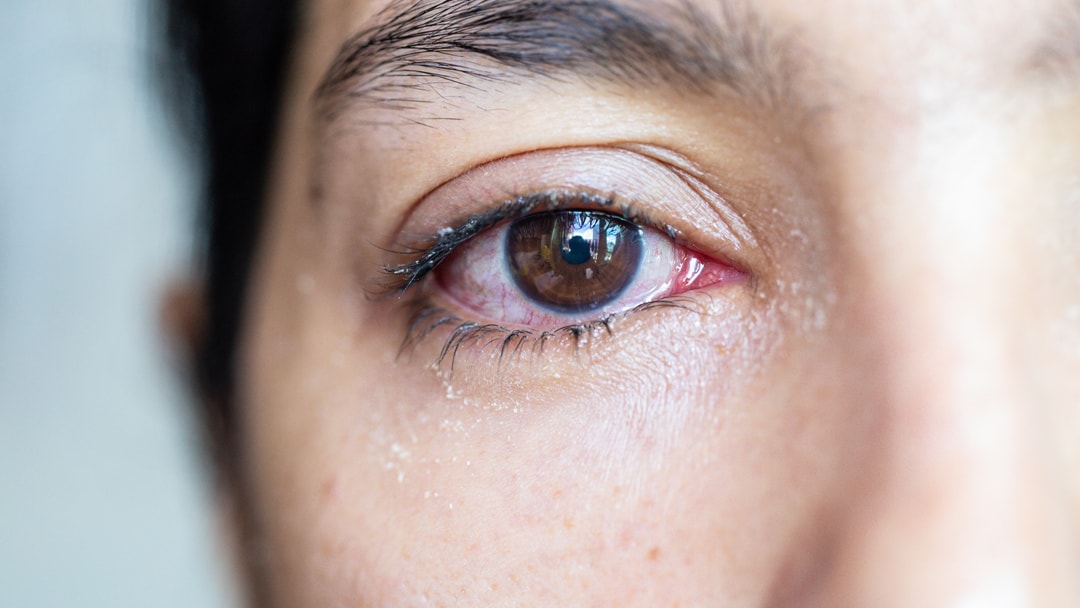
You’re more likely to get photokeratitis if you’re overexposed to UV rays without sun protection. The longer you’re exposed, the more intense your symptoms become:
- Discomfort and gritty sensation
- Red eyes
- Blurry vision
- Light sensitivity
- Headache
- Eyelid twitching
- Seeing halos
- Swelling
- Tearing
- Constricted (small) pupils
Although rare, you might want to visit your eye doctor to make sure there’s no permanent damage if you notice these symptoms:
- Temporary vision loss
- Colour changes in your vision
How long does it take for photokeratitis to heal?
Like getting sunburned skin, it may take a couple of hours to start feeling the burn and discomfort on your eyes. The healing process depends on the severity of sunburn:
- In mild cases, the symptoms are typically temporary and should subside after a few days
- In extreme cases, the nerves may be damaged, which could take longer to heal, and the discomfort could be more intense
How do you treat photokeratitis?

Photokeratitis usually resolves without medication. However, you can try soothing the symptoms to manage your discomfort:
- Wear sunnies with optimal UV protection
- Apply cold compress to your eyes
- Lubricate your eyes with eye drops
- Remove your contact lenses to let your eyes heal
- Avoid wearing makeup or rubbing your eyes to prevent further irritation
- Try over-the-counter pain relievers
- Wear airtight goggles when you swim
The dangers of chronic sunburned eyes
Although sunburned eyes usually resolve on their own, recurring exposure to UV can impair your overall vision and eye health over time. Some conditions associated with long-term UV-related damage include:
- Eyelid cancer, a type of skin cancer that develops from excessive sun exposure
- Cataracts, the lens becomes cloudy and causes things to look blurry or colours to look faded
- Age macular degeneration, a debilitating condition that may lead to blindness over time
How do your eyes get sunburned?

The chances of getting sunburned eyes are the highest when the sun’s rays take the most direct path to earth, especially in the summer months and under cloudless skies.
While you’re most at risk during bright, sunny days, UV rays are also present throughout the year. It’s important to wear sun protection on cloudy or hazy days, as UV rays can pass through clouds.
The levels of UV radiation can be profound in certain places:
Whenever you’re outside in the sun, you should wear sunglasses with maximum UV protection to help prevent sunburn on your eyes and skin.
Water
Water and sandy surfaces can reflect sunlight and the sun’s glare and intensify the overall UV levels you experience by up to 25%.
You should wear polarized sunglasses to help limit your exposure to UV rays and improve your vision in places where the sun meets water, such as:
- Beaches
- Lakes
- Swimming pools
- Aboard boats
City
Sunlight can reflect off smooth, reflective surfaces, such as:
- Buildings
- Cars
- Roads
Protect your eyes when you’re outside and protect your kids’ eyes when they’re playing outside with UV sunnies.
Mountain

When you’re on the mountains, especially at higher elevations where the air is thinner than lower altitudes, you can be vulnerable to sunburn quite easily.
During winter, snow and ice can reflect up to 80% of UV radiation, which could cause snow blindness. In some instances, the corneal surface can freeze or become very dry.
You should always protect your eyes with a pair of optimal UV sunglasses or ski goggles for mountain activities:
- Mountain climbing
- Snowboarding
- Snowshoeing
- Skiing
- Running
How to prevent photokeratitis?

Here are a few ways to prevent sunburned eyes:
- Limit exposure to the sun between 10 a.m. and 4 p.m. when the sun’s rays are strongest
- Stay in the shade and avoid tanning or indoor tanning
- Protect your face with a wide-brimmed hat
- Wear sunglasses with maximum UV protection that fit close to your face when outdoors
- Apply sunscreen with at least 30 SPF on your face and the surrounding skin in the eye area for extra protection
Photokeratitis can be damaging to your eyes and vision, especially over the long term. The best way to combat sunburned eyes is prevention of UV exposure. Make sure to put on a pair of sunglasses with optimal UV protection to help minimise exposure to harmful UV rays and protect your vision over time.
Read more:


